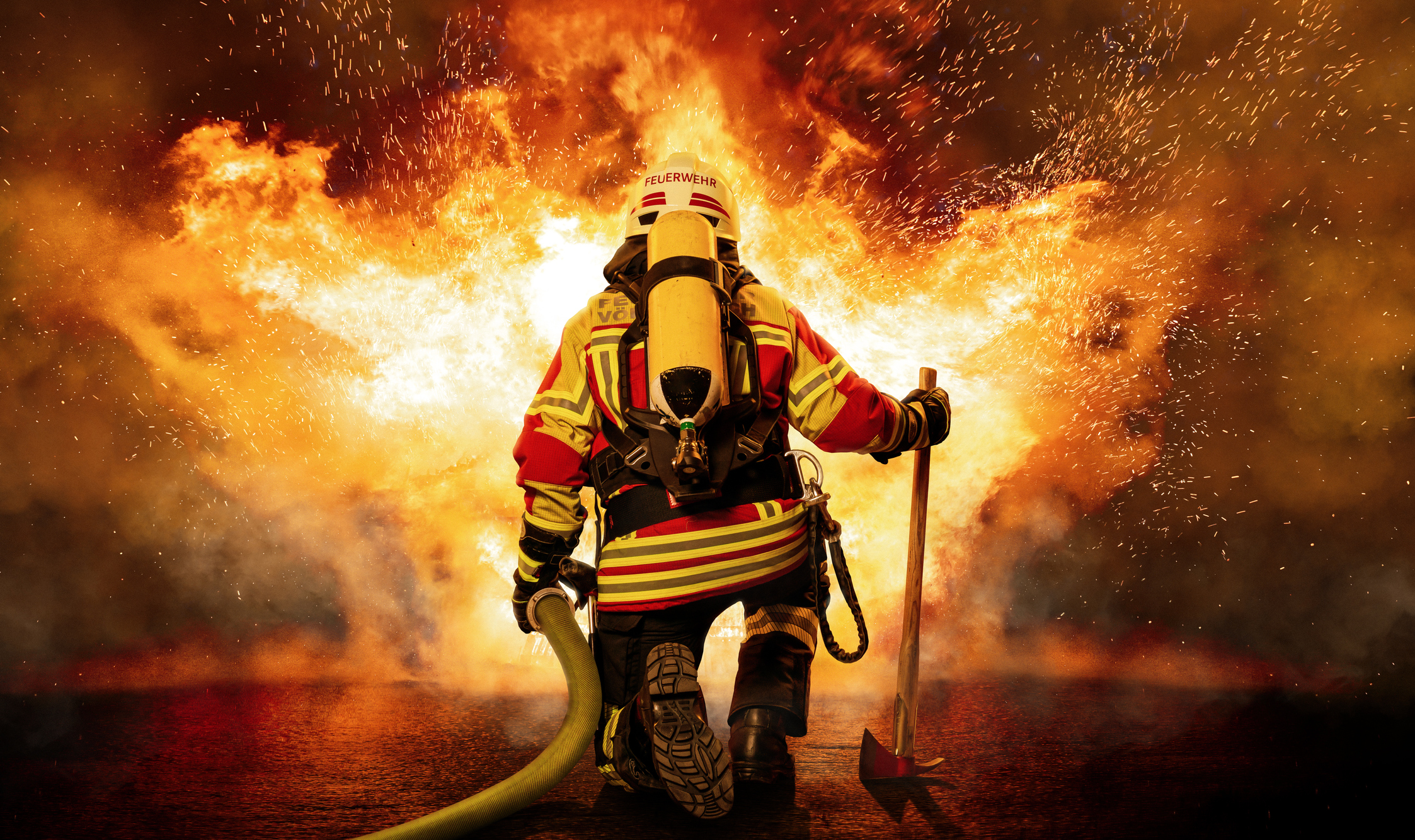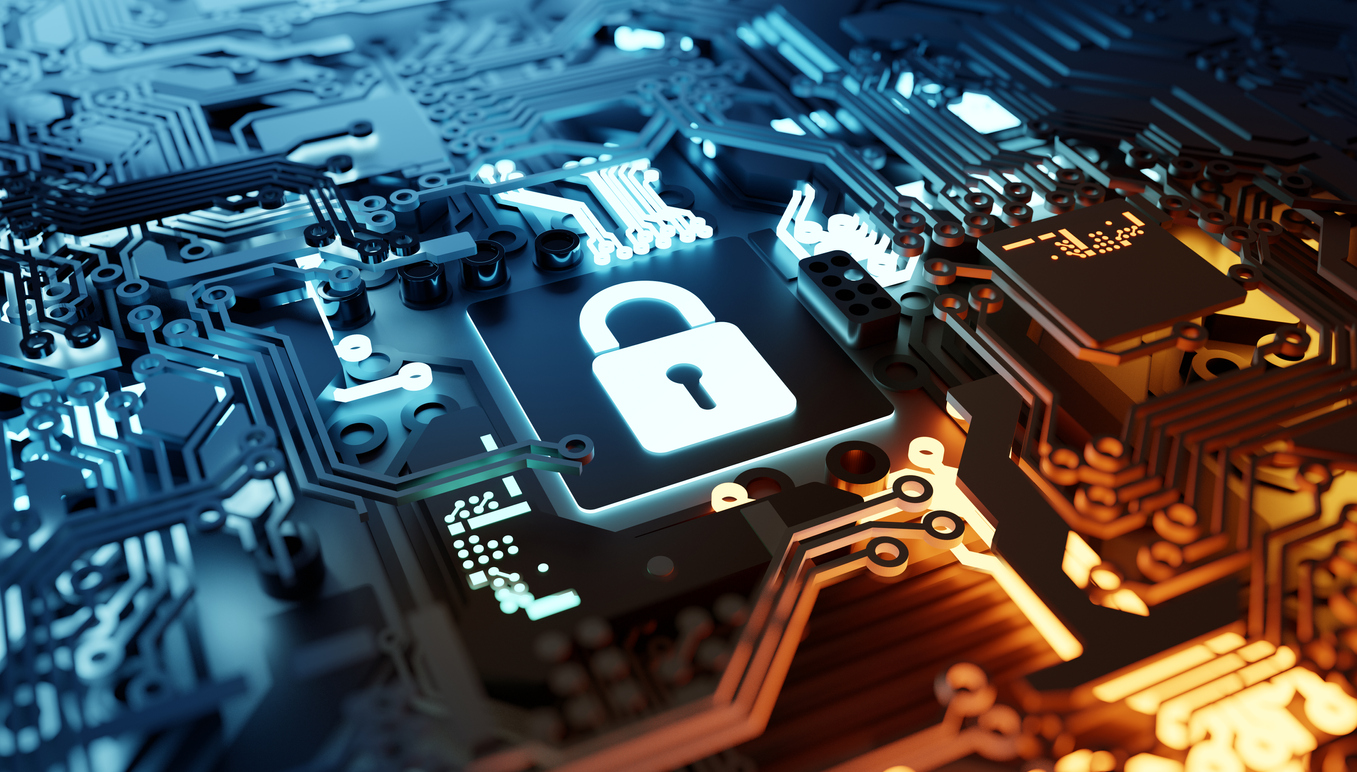The most common queries we answer in the telecoms practice here at Exonia seem to be around 999, the UK’s specific emergency services calling number, giving access to the police, fire service, ambulance and coastguard. Everyone forgets the coastguard, including the AA when they branded themselves the UK’s fourth emergency service, much to the discontent of our maritime heroes.
In some countries, the system is different. In the European Union (the UK also has this number for obvious reasons), 112 is the number to call. Other countries have different numbers for different services (like Israel). Some networks may even translate foreign emergency services numbers to local equivalents; I know of one UK network that will connect one of its customers dialling 911 to the UK authorities for example.

The UK was the first country to introduce a telephone emergency services operation in 1937, covering, initially, Central London.
As is common to 999 improvements, it followed a tragic incident.
Allegedly, attempting to alert the authorities to a fire, a caller was held in a queue and 5 people unfortunately lost their lives because of the delay.
Prioritisation of 999 calling came about after the Hungerford massacre when the 2 available exchange lines lines were clogged, denying the police valuable intelligence regarding the incident unfolding.
The first arrest followed shortly after launch (a burglar caught red-handed) but it wasn’t until 1976 the service was universally available.
There’s a lot of urban myths about why 999 was chosen. The accessibility reason is most cited; in a dark smoke filled room, it’s relatively easy to find 9 thrice as it’s adjacent to the dialstop. This is partially true – the same reason applies to 111, although it’s marginally harder to find the 1 relative to the dial-stop compared to 9. What really distinguishes 999 and 111 is false dials. These were the days of pulse dialling, where the number was encoded by virtue of the length of the electrical pulse transmitted (which itself was dictated by the rotation of the dial). The telephone network was extensively overhead cables and telegraph poles, which in the wind, could come together, create a quick electrical short, and essentially dial a 1. 9, being the longest pulse, was statistically a lot less likely to be caused by atmospheric conditions. Other fringe benefits included how old-school (even for the era) payphones worked and “outside line” numbers.
So it was a decision taken in the round of multiple factors.
Back in the present day, some very clever things happen when you call 999 from a fixed line (mobile is a different process and worthy of its own blog in due course). When confronted with an axe-murderer and calling 999, believe it or not, the first person you speak to will be a British Telecommunications plc employee. All 999 calls are in the first instance routed to what’s referred to as a Call Handling Authority (CHA). There used to be two – one run by BT and the other by Cable and Wireless, but the latter closed its service shortly after being acquired by Vodafone.

A screen pops up to the CHA operator based on one of two signals encoded in the call sent by the caller’s operator, be it TalkTalk, Sky or anyone. This signal triggers one of two scripts. The first is basically “reliable address”. The CHA has a record of telephone numbers and addresses; it’s a very important, obviously secure and resilient database, but nonetheless very simple. Two numbers are included in every phone call – the Presentation Number, which is what is displayed as the incoming caller on the recipient’s phone, and the Network Number which has a number of very specific uses. Without going into detail and invariably doing it an injustice, the Network Number uniquely identifies an ingress point into a telecommunications network. In this case, it’s the Network Number that’s used to look up an address. Everyone’s telecoms companies updates the CHA database at least daily with address information of new subscribers, house moves etc.
The “reliable address” signal is sent when the telecoms company is certain that’s the address associated with the caller. It’s primarily used for installations where there’s an Openreach master socket or a good old fashioned ISDN bearer etc; basically anything immovable. Again, at the risk of doing the process a disservice, what this means is the CHA operator then won’t confirm the caller’s address unless they have cause to. The second signal is “unreliable address” which is used for VoIP and anything where the caller could be nomadic. By law in the UK, an address has to be associated with a number to the extent that is technically feasible – it’s a little more complex than that, and we’d happy to be engaged by any operators that want more specific detail to their circumstances – but broadly, yes, technically, if you go wondering around the country with your Cloud PBX extension, you need to constantly update your address.
Anyway, the main point is in this scenario, the CHA agent will confirm the address before proceeding. Discrepancies are all reported and investigated by BT, the network sending them the call, and in all cases all operators currently have to report their discrepancies to Ofcom, which has an open investigation into compliance.
So far, all of this is just technical integration and good, albeit long winded background. What happens next starts to make the importance of 999 data integrity come to life.
The CHA then forwards the call to the relevant emergency call receiving centre; i.e. the local brigade control room for the caller, and they then dispatch the blue light services, which then proceed to the address given. Which is why the address loaded in the database is very important. If the call is not complete before the address can be confirmed, or before the caller can give the nature of their emergency, blue lights are despatched to the address on file. So, if the axe-murderer gets to you before you complete your 999 call, you’d best hope your communications provider got your street name correct.
Simultaneously in these situations, a risk to life RIPA (Regulation of Investigatory Powers Act 2000) process may be started to trace the call. The first point of contact will be the communications provider associated with the Network Number; so if you’ve ported a number from BT to TalkTalk, the authorities contact TalkTalk as that’s what the database says. If TalkTalk then routed the call via Vodafone to BT, or presented a Vodafone Network Number, this process is frustrated, meaning help is even further away.
And it does happen; I speak from the painful experience of having to explain to the regulator why a police car rushed to a chip shop and not a sports goods store on the opposite side of the town in question. People have died before as a result of failings in the whole process and it’s why big fines have been issued by Ofcom for non-compliance to various obligations.

So, what have we learned?
- Address information should be accurate; for nomadic users there is specific advice and certain niche operations like campus security centres all need to be appraised on their merits.
- Calls should be routed through the Tier 1 network to BT which “owns’ the Network Number. Less relevant for Tier 1 networks themselves, as by definition it’s met, but very relevant for Internet Telephony Service Providers that may host their ranges with a Tier 1 provider.
- The Network Number should be associated with the calling party and “owned” by the caller’s provider.
- Call should be prefixed appropriately with the right signal to the CHA; this will be done by the last network before the CHA.
- CUPID (Communications Provider ID) and SuperCUPID (a very specific UKism) relationships should be up to date and documented so that call tracing is effective.
- And whilst not part of this blog (another worthy of its own) a core network with no single point of failure by design for emergency services calling is required by all.
To wrap up, there are a few more specifics. At the time of writing, believe it or not, there was no specific agreed standard in IP telephony for the prioritisation of emergency calls, so the emergency receiving centres (the brigade control rooms etc) still should be advised to use old fashioned TDM lines.
And my favourite little nuance; if your axe-murderer has followed you to your holiday villa on the Costa-del-Sol and you use your Cloud PBX phone to dial 999, you’ll still be connected to the BT CHA and not the Spanish equivalent, unless your provider has done some seriously cool technical geo-tagging voodoo. Unless you’re in Jersey, Guernsey or the Isle of Man where there is the ability for the CHA to still connect you to the relevant authority (it’s a last resort process, not a first resort in case you were wondering it was a way to side-step the requirements of CICRA and Jersey Telecom/Sure/Manx Telecom et al), then the CHA will see if you can hang up and find a Spanish fixed line.
If not, then they’ll connect you to the UK’s centre of excellence for connecting callers to foreign emergency services to progress the call. I kid you not, ladies and gentleman, that centre of excellence is…….. Falmouth Coastguard. The much-forgotten fourth emergency service (move aside AA, there’s the RNLI, mountain rescue, bomb disposal and god knows what before you get to jump starting batteries) is an important life line to many you’d never expect.
Exonia has over a decade of experience in UK emergency services issues, as well as experience in several other jurisdictions around the world; we would be more than happy to engage with anyone that needs assistance in this complex area which will invariably become more complex as BT proceeds to close the copper PSTN.


